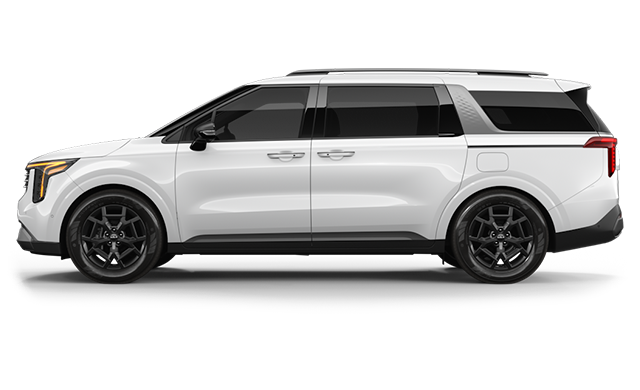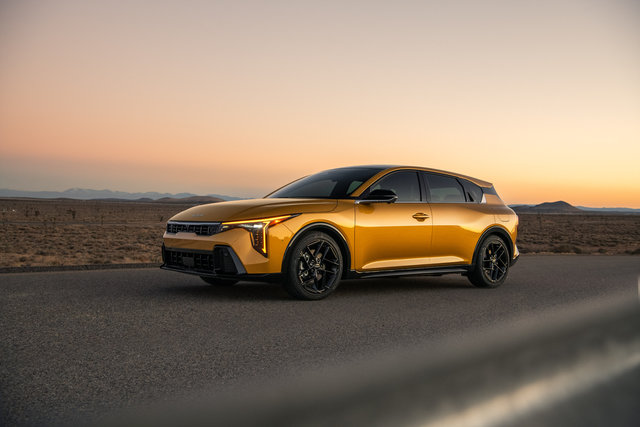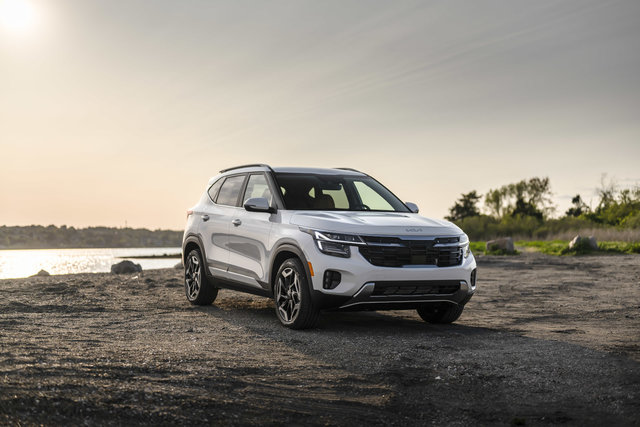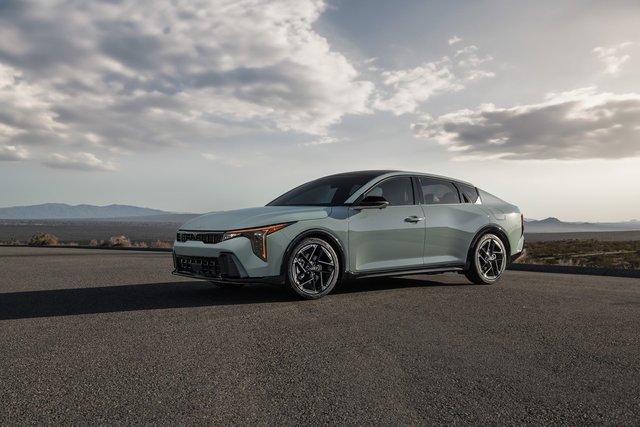The Don Valley Parkway during summer months presents Toronto drivers with a unique challenge. Construction projects, increased leisure travel, and the general uptick in urban activity create traffic conditions that can transform a simple commute into a test of patience. For families living in North York, the DVP often represents the most direct route to downtown destinations, sporting events, and summer activities.
Smart technology can transform how you experience these challenging driving conditions. The 2026 Kia Carnival includes three specific features designed to reduce the stress and fatigue that accompany stop-and-go traffic scenarios. Rather than arriving at your destination frazzled by traffic delays, these systems help maintain composure and comfort throughout the journey.
Advanced Smart Cruise Control with Stop & Go
Traditional cruise control becomes useless in DVP traffic conditions where speeds fluctuate constantly between complete stops and brief acceleration periods. Advanced Smart Cruise Control with Stop & Go functionality addresses this limitation by maintaining safe following distances regardless of traffic speed variations.
The system uses radar technology to monitor vehicles ahead and automatically adjusts your speed to match traffic flow. When the vehicle ahead slows down, your Carnival slows accordingly. When traffic stops completely, the system brings your vehicle to a complete stop. When traffic begins moving again, the system resumes movement automatically.
This technology eliminates the constant brake-and-accelerate cycle that characterizes DVP driving during peak periods. Instead of riding the brake pedal and managing throttle input hundreds of times during a single trip, you set your maximum desired speed and let the system handle speed adjustments based on traffic conditions.
The Stop & Go feature works at speeds from zero to highway speeds, making it effective throughout the entire DVP corridor from the 401 interchange to the Gardiner connection. During summer construction zones where traffic frequently comes to complete stops, this system prevents the leg fatigue and attention drain that accumulate during extended traffic encounters.
Key benefits include:
- Reduced physical strain from constant brake and accelerator use
- Improved fuel efficiency through smoother acceleration patterns
- Enhanced safety through consistent following distance maintenance
- Lower stress levels during extended traffic delays
Lane Following Assist for Reduced Steering Demands
DVP traffic requires constant steering adjustments to maintain proper lane position while managing varying speeds and lane changes from other drivers. Lane Following Assist reduces this workload by providing gentle steering assistance that keeps your vehicle properly centred within its lane.
The system uses forward-facing cameras to detect lane markings and applies subtle steering inputs when the vehicle begins to drift from the optimal position. This assistance doesn't replace active driving but reduces the continuous micro-corrections that contribute to driver fatigue during long traffic delays.
During summer DVP travel, this feature proves particularly valuable on the curved sections between Lawrence Avenue and the downtown core where maintaining lane position requires more active steering input. The system helps maintain proper positioning while allowing you to focus more attention on traffic flow and route planning.
The technology works effectively even when traffic moves slowly or stops frequently. Unlike some steering assistance systems that disengage at low speeds, Lane Following Assist continues operating throughout typical DVP traffic patterns, providing consistent assistance regardless of speed variations.
This reduced steering demand allows drivers to:
- Maintain better awareness of surrounding traffic patterns
- Reduce shoulder and arm tension during extended delays
- Focus attention on navigation and route optimization
- Arrive at destinations with less physical fatigue
Premium Audio and Refined Cabin Environment

The psychological impact of traffic stress often relates as much to environmental factors as driving demands. The Carnival's refined cabin design and premium audio system create a personal sanctuary that insulates occupants from the frustration typically associated with DVP delays.
The available audio system provides clear, balanced sound throughout the cabin that helps mask traffic noise and creates a more pleasant environment during stops and slow-moving periods. Quality audio reproduction allows music, podcasts, or audiobooks to serve as effective stress management tools during extended travel times.
The cabin's acoustic design includes sound-deadening materials that reduce road noise, engine noise, and external traffic sounds. This quiet environment prevents the sensory overload that contributes to traffic-related stress and creates a more comfortable space for conversation or quiet contemplation.
Climate control systems maintain consistent temperature and humidity levels regardless of external conditions or traffic delays. During summer months when DVP traffic often involves extended exposure to stop-and-go conditions, effective climate management prevents the additional stress of uncomfortable cabin temperatures.
Additional comfort features include:
- Multi-zone climate control for individual comfort preferences
- USB charging ports throughout the cabin for device management
- Comfortable seating with adjustment options for optimal positioning
- Interior lighting that creates a welcoming environment during evening travel
Integration for Comprehensive Traffic Management
These three features work together to create a coordinated response to challenging traffic conditions. Advanced Smart Cruise Control manages speed and following distance, Lane Following Assist handles steering assistance, and the refined cabin environment addresses psychological comfort factors.
The integration means drivers can engage these systems simultaneously without conflicts or competing inputs. The result is a driving experience that maintains safety and legal requirements while reducing the physical and mental demands typically associated with DVP navigation.
The 12.3-inch multimedia interface provides real-time traffic information that helps plan alternative routes when DVP conditions become particularly challenging. The navigation system can identify exits and alternate routes that might provide better travel times, allowing you to make informed decisions about route modifications.
Powertrain Performance During Traffic Conditions
The Carnival's powertrain options handle stop-and-go traffic effectively. The 3.5-litre V6 engine produces 288 horsepower and 260 lb-ft of torque, providing smooth acceleration when traffic begins moving and adequate power for highway merging when leaving the DVP.
The hybrid option combines a 1.6-litre turbocharged engine with electric motor assistance for 242 combined horsepower and 270 lb-ft of combined torque. The electric motor provides instant torque delivery that creates smooth acceleration from stops, while the hybrid system improves fuel efficiency during the extended idle periods common in DVP traffic.
Both powertrains include transmission programming optimized for stop-and-go conditions. The systems recognize traffic patterns and adjust shift timing to provide smooth operation during frequent speed changes.
Summer DVP travel doesn't have to result in arrival stress and fatigue. The 2026 Kia Carnival's technology features address the specific challenges of Toronto traffic conditions, transforming a demanding drive into a more manageable experience. These systems let you focus on your destination rather than the difficulties of getting there. Experience this difference in traffic management at North York Kia.
To learn more about the 2026 Kia Carnival, visit Kia.ca








